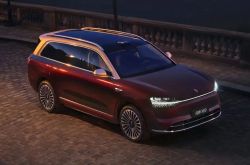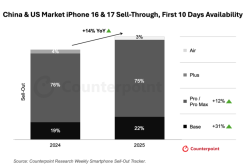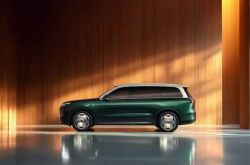Exclusive Sneak Peek: The iPhone 17 Prototype Unveils Major Overhaul, Leaving Old Specs Behind for a Sleeker Look!
![]() 04/07 2025
04/07 2025
![]() 626
626
Apple's strategy with the SE series has always been clear: to utilize surplus components effectively. The iPhone 16e, a continuation of this series, has similarly served to reduce outdated component stockpiles, contributing significantly to annual sales. Beyond this, it plays a crucial role in sustaining sales during the pre-flagship lull before the September releases. While the first two SE generations excelled in this regard, the SE3 witnessed a decline, with the iPhone 16e setting a record for the fastest price drop in Apple history. Users are increasingly turning their eyes towards the upcoming September models.
Recently, fresh details have emerged, piquing public interest. The iPhone 17 Air, hailed as the most intriguing model in the series, has garnered significant online buzz as an ultra-slim device poised to set a new benchmark for the entire lineup. With a confirmed thickness of 5.5mm, realistic mockup images now offer a more tangible glimpse.
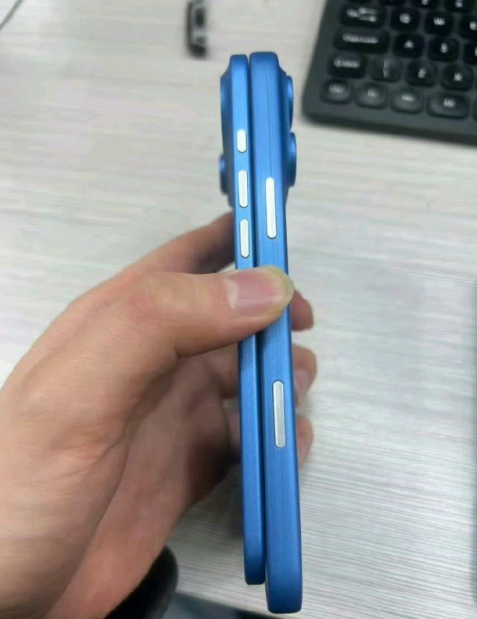
When compared to its Pro counterpart, the iPhone 17 Air's slender profile becomes strikingly apparent, almost half the thickness of the Pro version. Additionally, the camera bump remains within acceptable limits. Beyond its ultra-thin design, the iPhone 17 Air introduces a significant change with the adoption of a 120Hz display—a feature that, while expected, will likely distinguish it from the standard version, which I predict will stick with a 60Hz screen to maintain differentiation.
But won't the 120Hz display on the iPhone 17 Air cannibalize Pro sales? Not at all. Firstly, there's a substantial gap between the single rear camera of the Air and the triple camera setup of the Pro, marking a significant difference in imaging capabilities. Rumors suggest the Pro version will upgrade to a 48-megapixel periscope telephoto lens, ushering in the most advanced photography features in iPhone history. This marks the phasing out of the long-standing 12-megapixel lens configuration, starting with the iPhone 17 Pro.

Secondly, the thicker Pro version accommodates a larger battery and additional components, offering superior battery life and overall performance compared to the Air. The base model, however, appears somewhat underwhelming with minimal upgrades to the dual rear camera, similar thickness, and a 60Hz display. Beyond pricing strategies, it struggles to offer compelling selling points.
The Pro version, on the other hand, boasts not only enhanced photography but also improved aesthetics. Leaked mockups from reputable sources showcase a refined design, with the camera arrangement now featuring a more spacious layout, separating the flash, LiDAR scanner, and triple camera. This style has been well-received by netizens, who find it increasingly appealing.
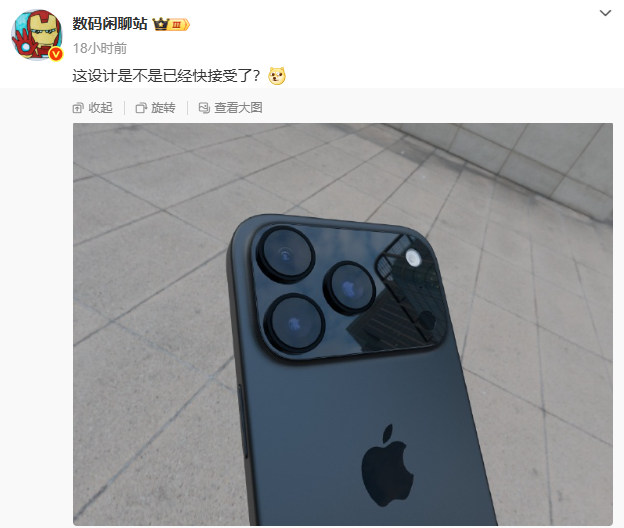
Some netizens humorously commented that the Air version offers a preview of a folded iPhone 17, while the Pro version simulates the feel post-folding. While playful, this observation holds a grain of truth. What do you think, readers?


